A new adventure in Punta Leona
Dive Buddies!
I started school in 2012, thirteen years ago. On my second year, I made some friends and one of them started her diving business this year! Check them out at their website and instagram @crdivebuddies. I’ve shared all pictures I’ve taken on the Costa Rican Pacific coast with them! In this diving adventure, we went to Punta Leona, located in the upper part of the Central Pacific coast and where the Gulf of Nicoya connects with the Pacific Ocean. In this area, there’s less riverine input and the ecosystem looks more like a rocky reef, though this place is not a diver’s favorite. The diving point in which the students practiced was quite sandy and had many underwater structures, known as a “museum”. There’s not much to see on the larger side of the scale, like any interesting fish.
However, once you focus on the small stuff, you get to see some fun creatures, like these blennies (Acanthemblemaria hancocki).



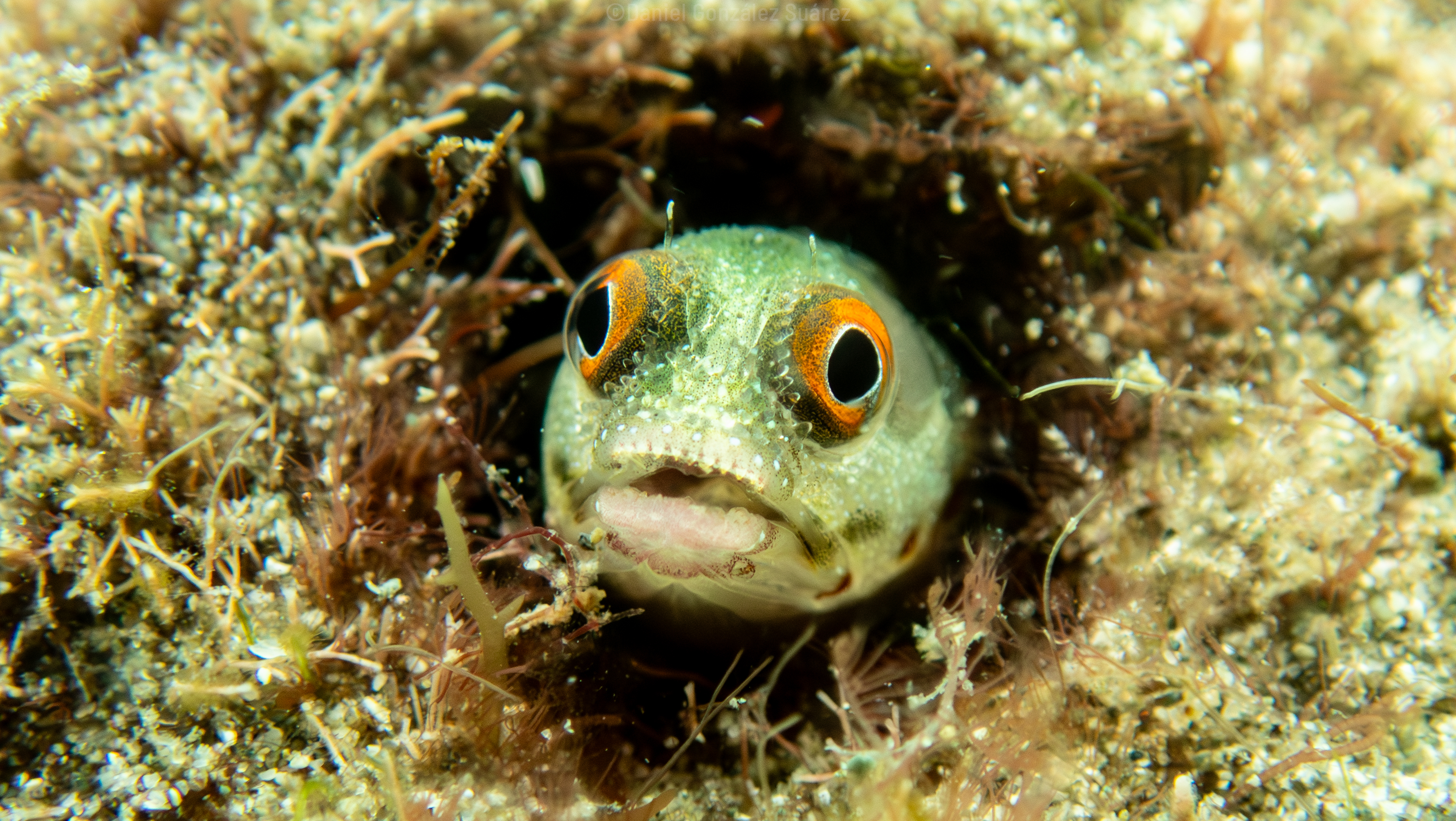
The blenny below is Acanthemblemaria exilispinus and you can notice some differences like antennae and color patterns. Look at the eyes and mouth, they look different.
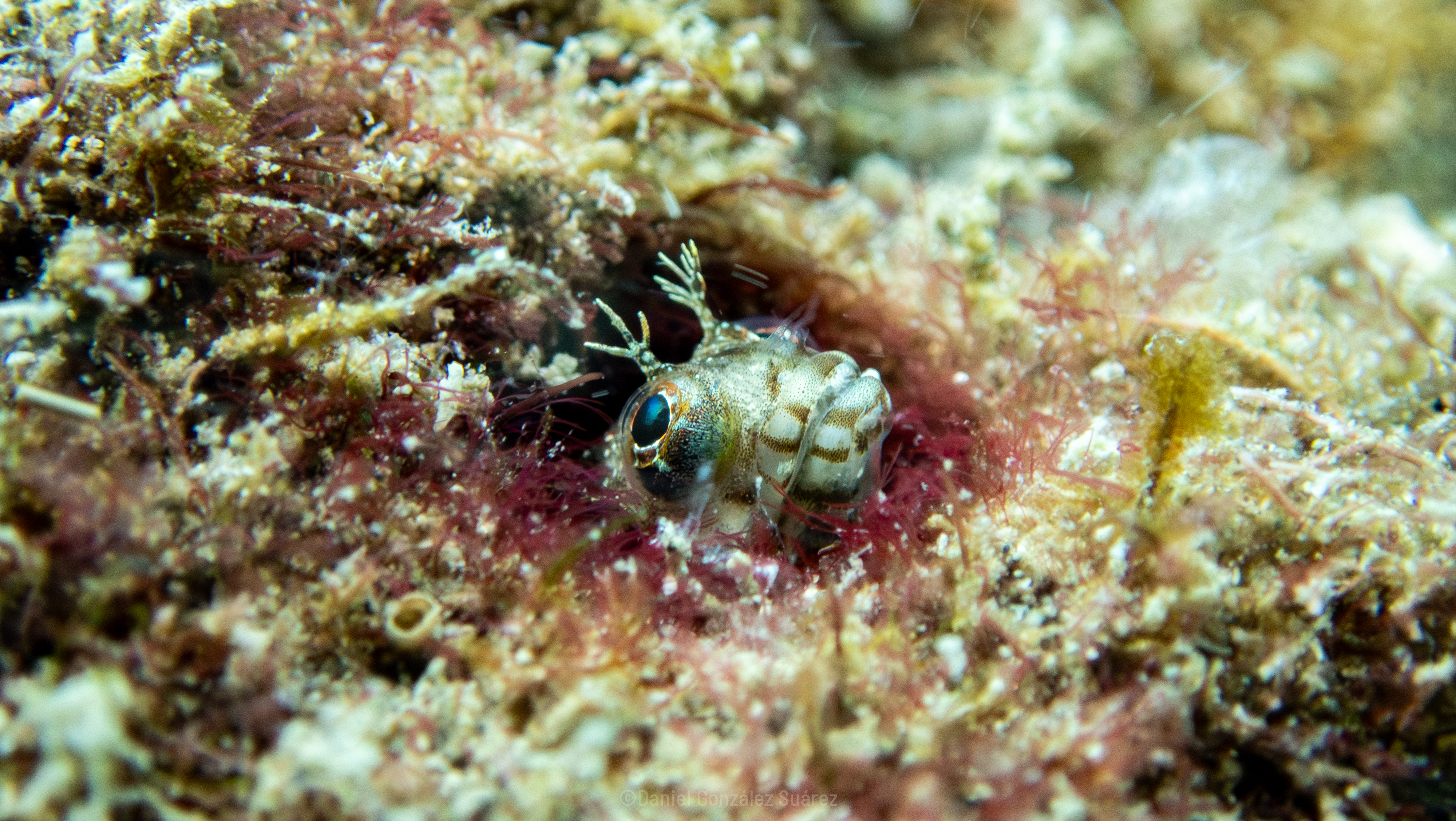
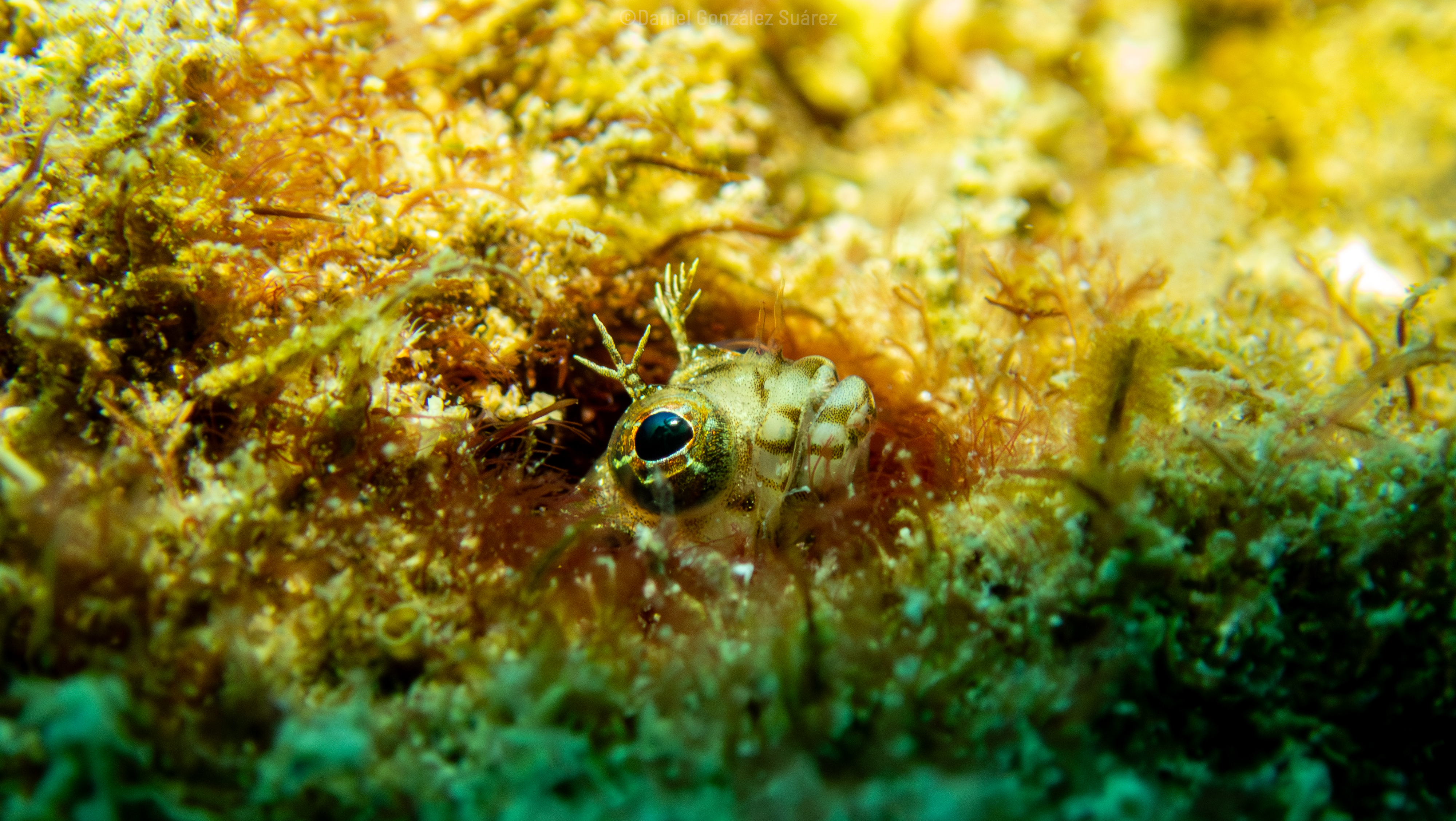
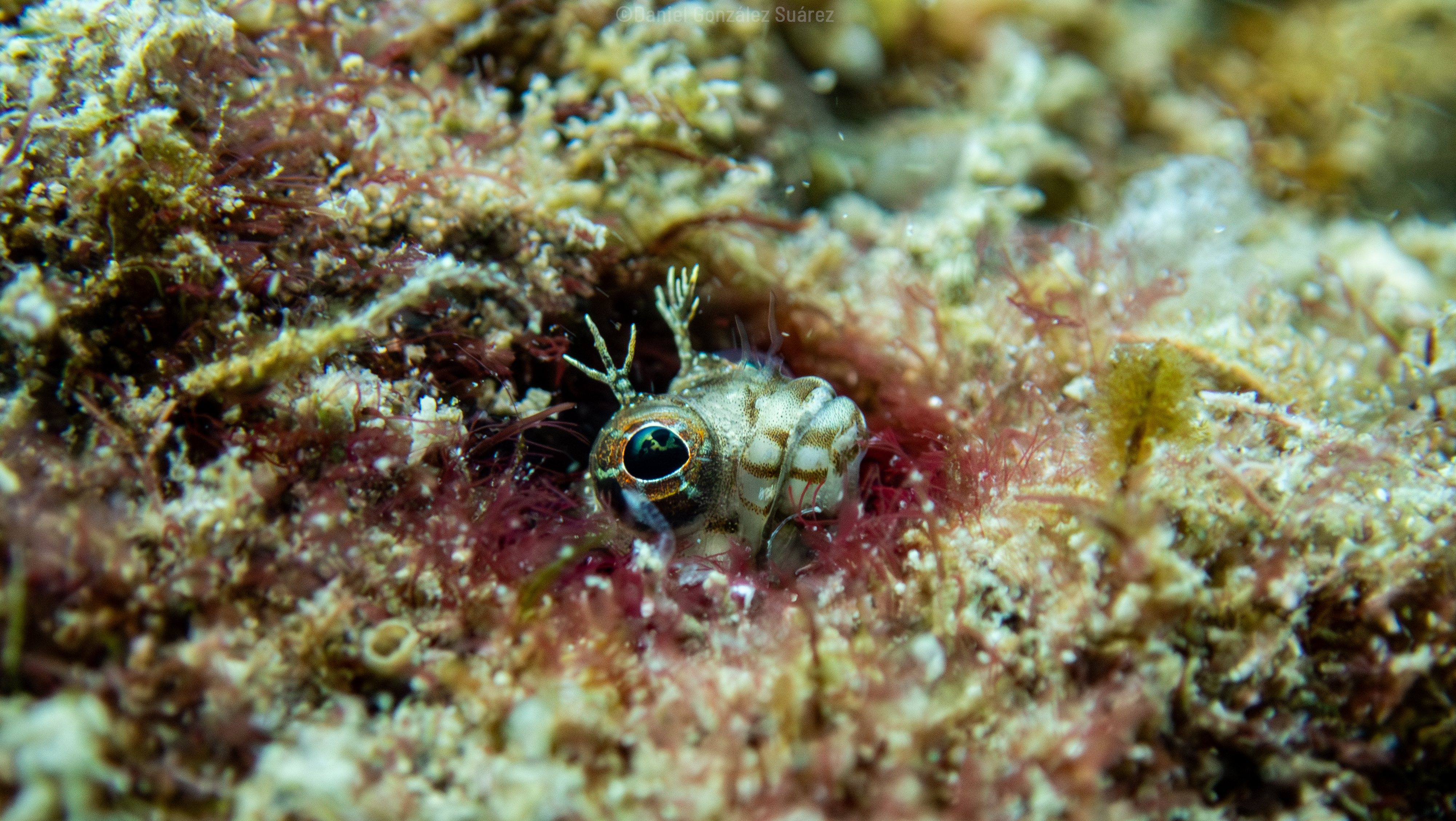
I love the detail in the blennies’s eye. You can see the torch’s reflection in it!
Do you feel seen?
When you think of bivalves, you most definitely wouldn’t think they have eyes. I’m guessing the most amount of eyes you’ve heard an animal has are eight, like spiders. However, when we see the mantle of thorny oysters, we can detect tens of eyes! So basically they got up to hundreds of eyes looking at you. Are they more than just light-sensitive cells? There’s a quite old paper (1298, about to be 100 years old!) published by William John Dakin about the eyes of different scallops, in which he explains their complex anatomy. Based on this, I guess they process more information rather than presence of light.
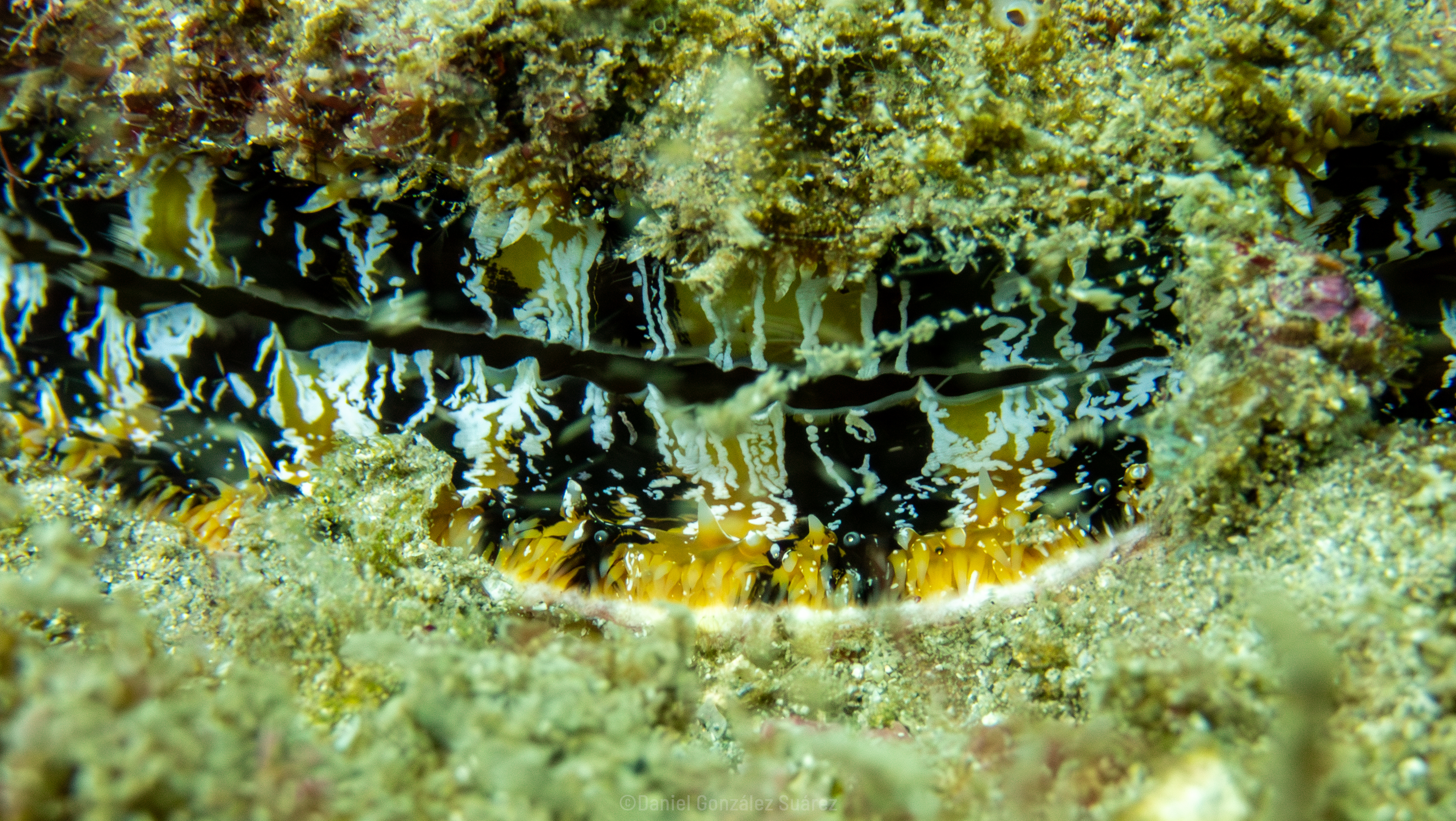

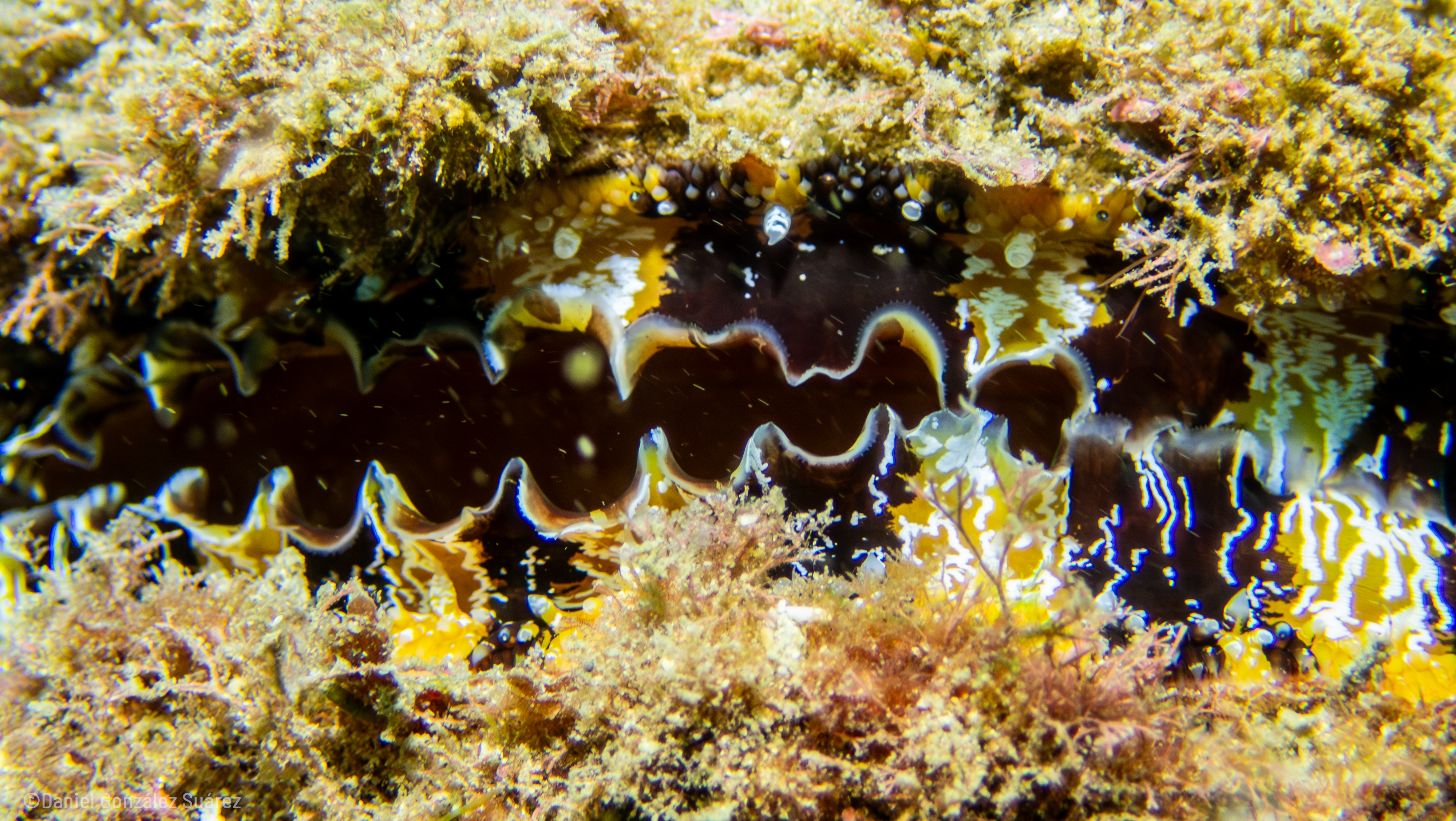
It might be much easier to highlight which ones are the eyes but I’ll leave that to you.
A couple of firsts
Even though Punta Leona is not known as a great diving spot, I got to see creatures I haven’t seen before! Saw many lobsters and somewhow from a distance, a nudibranch! First time I saw lobsters was while snorkeling in the Southern Caribbean coast. I didn’t know they were lobsters, I just saw the antennae and didn’t dare to see what was there. I recorded it with a GoPro and then saw they were lobsters!

I think the diving group was looking at an octopus and they were all excited to see it, so instead of sticking with them, I turned around and somehow I noticed a miniature creature moving through an algae-covered rock. It was quite a lucky find!


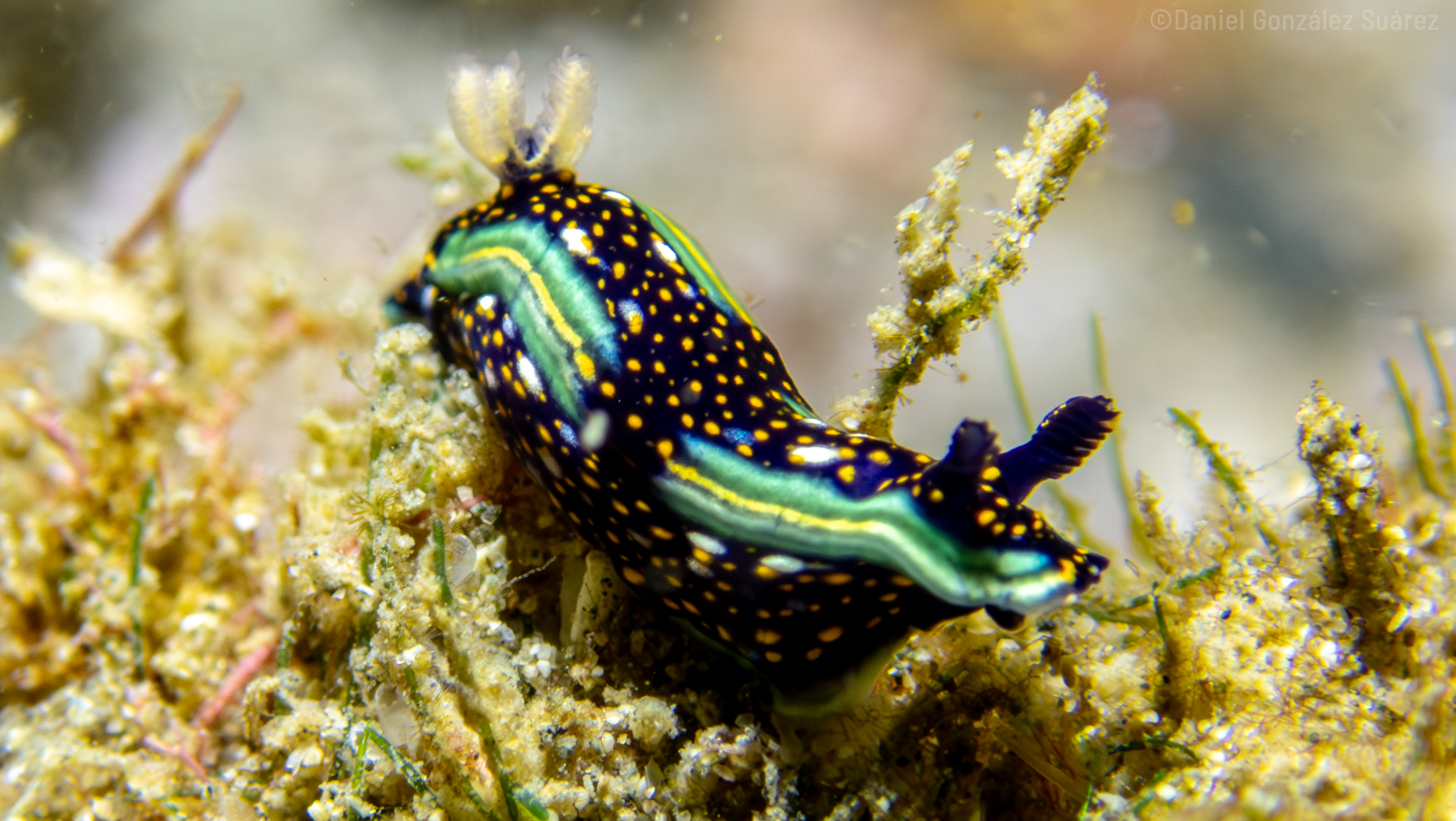
Last year while diving in Tenerife, I saw a nudibranch from the same genus, Felimare. However, that one was much bigger! Felimare picta, the one I saw in Tenerife, can get up to 19 cm big, while Felimare agassizii, the one I saw in Punta Leona, can get up to 10 cm. However, this one might be around three centimeters. It was quite small.
The Gallery
More pictures to see!






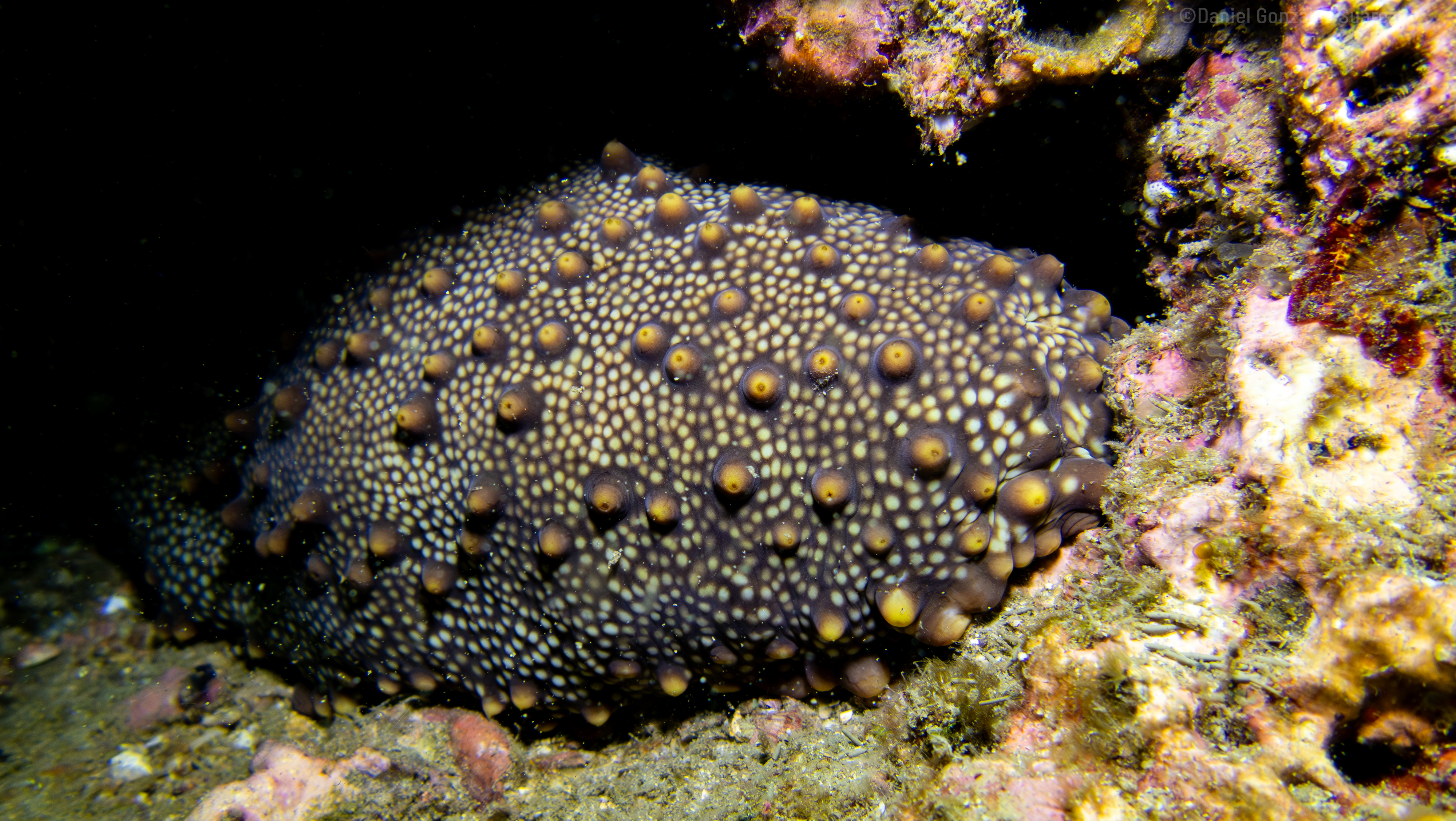
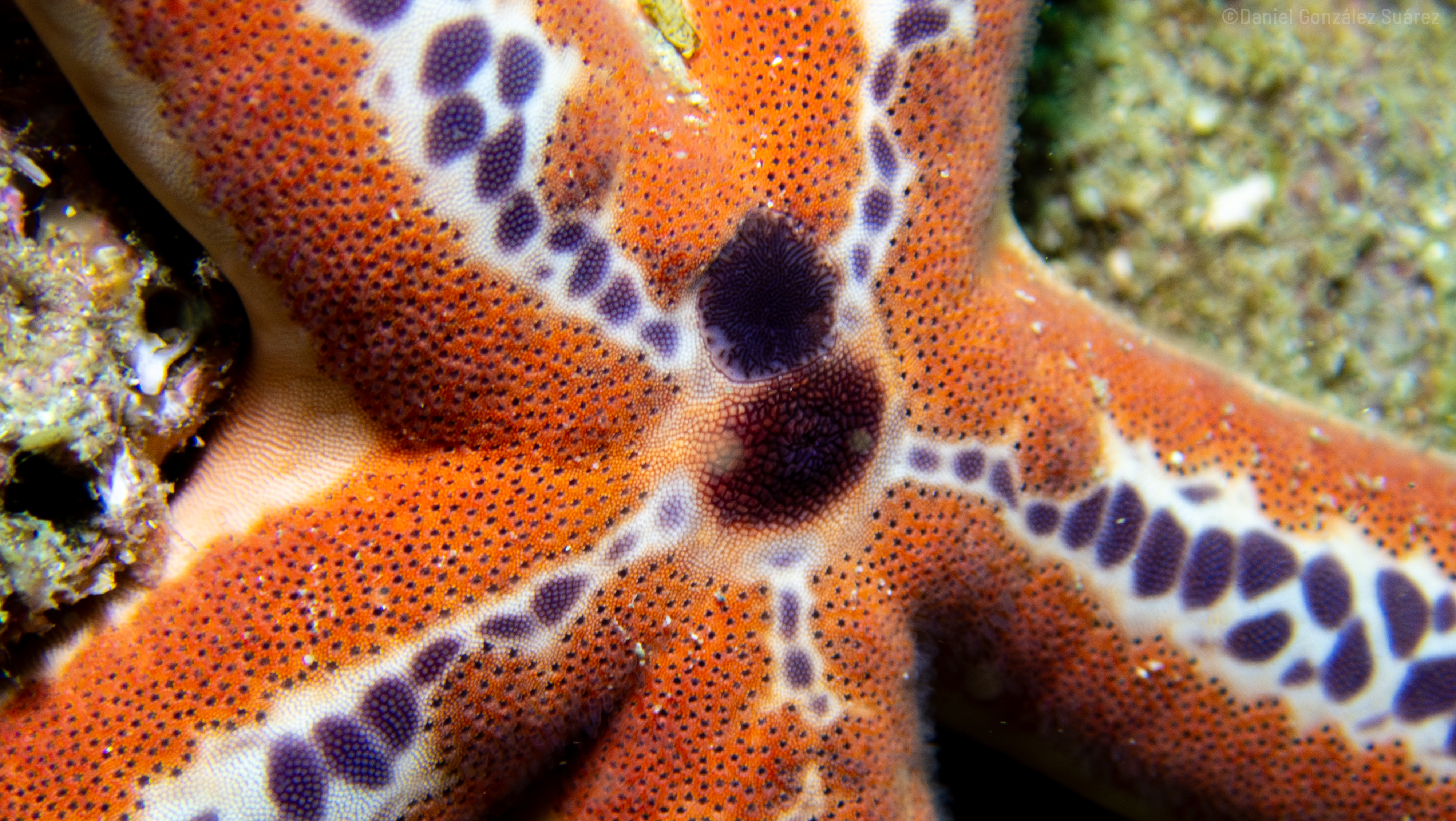
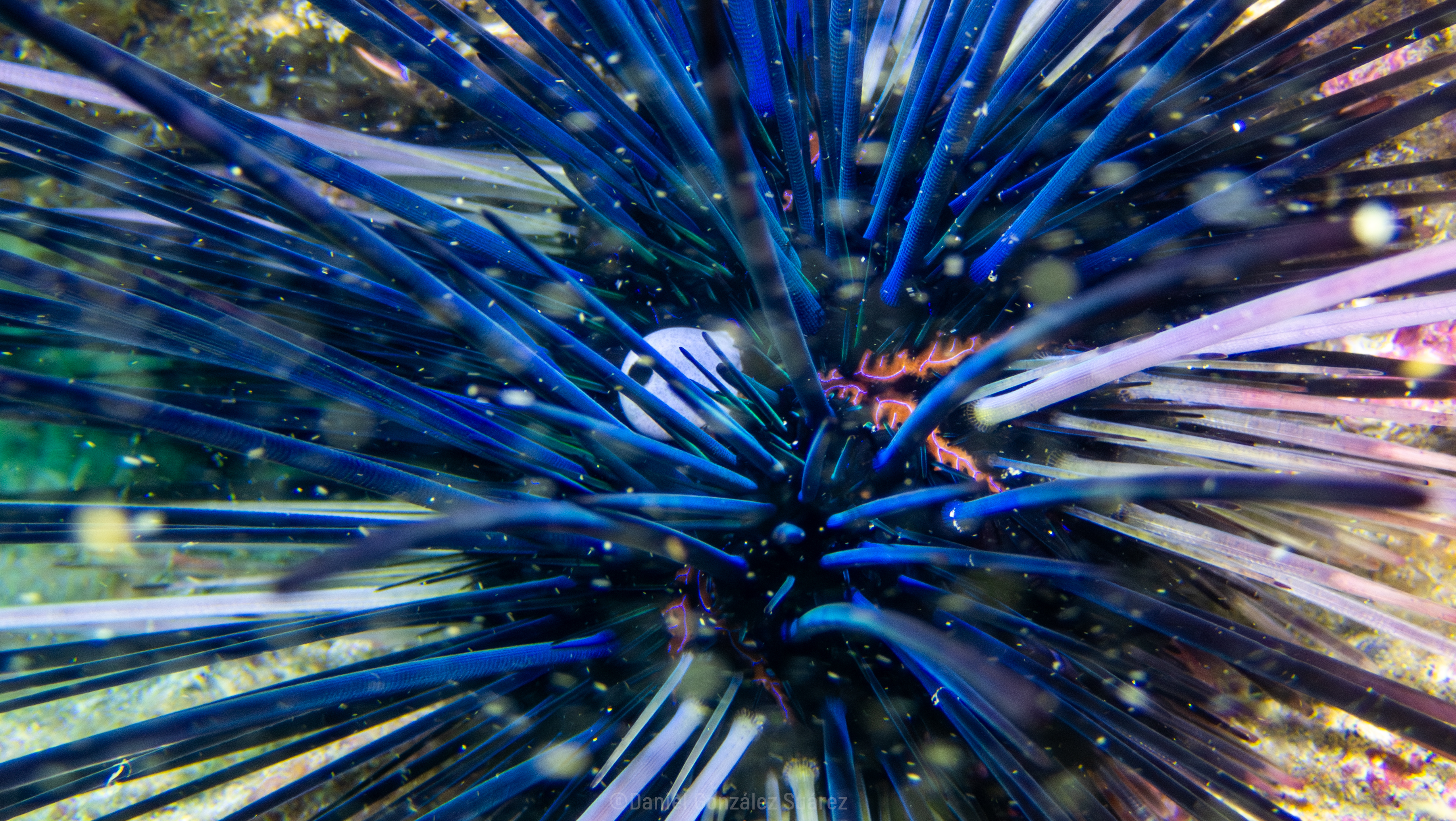
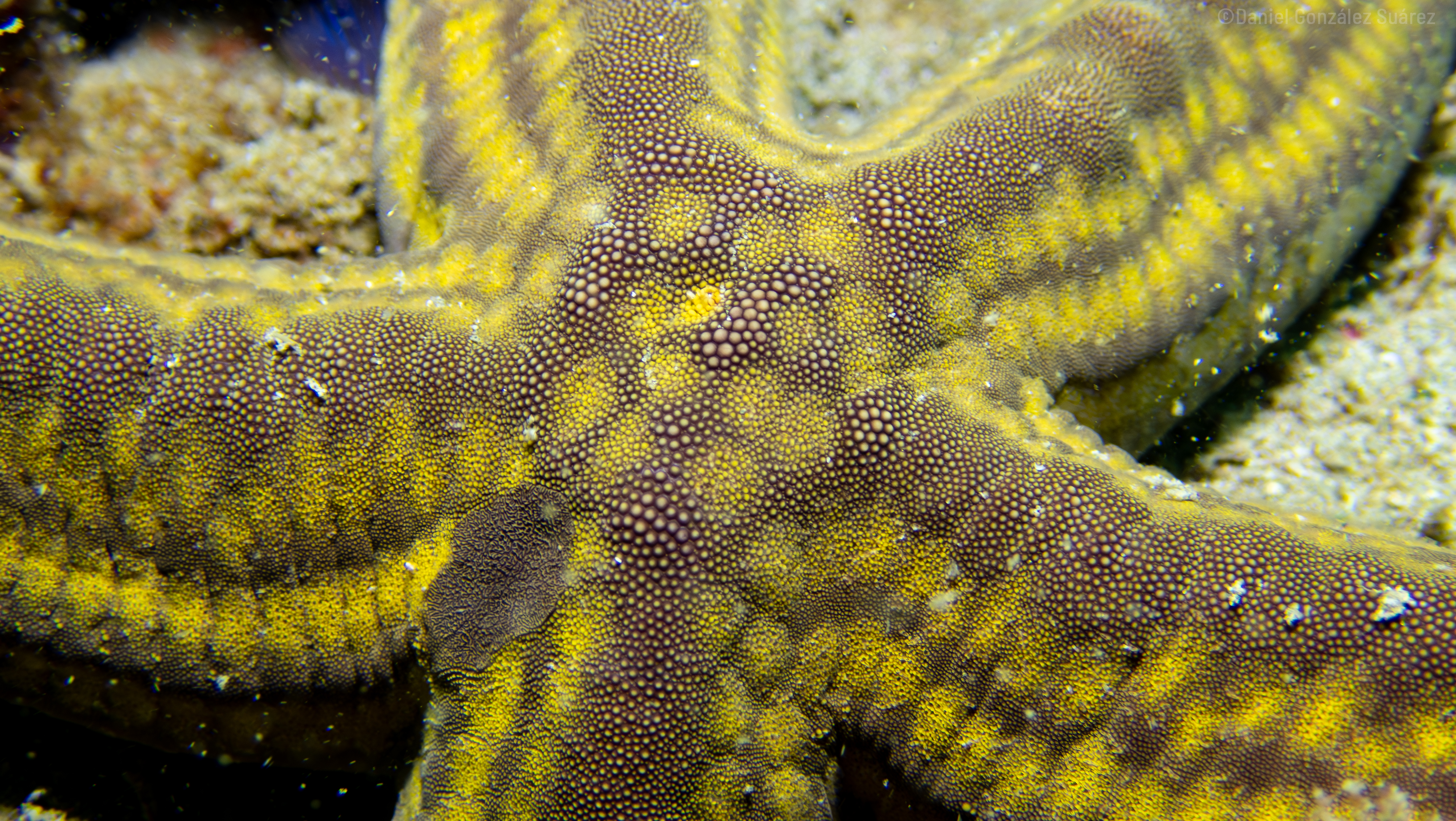

Enjoy Reading This Article?
Here are some more articles you might like to read next: